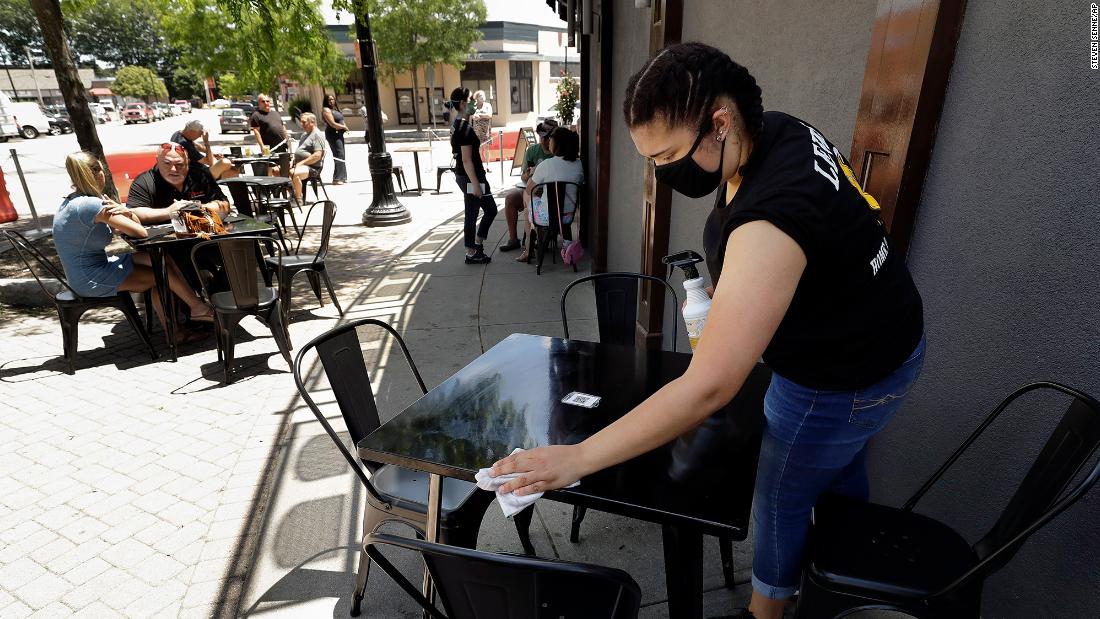In fact, they have had a moment to enjoy relative calm and less crowded hospitals. Though never quite stated aloud, there is secret hope among us residents of the already-ransacked that perhaps the epidemic is done with us, that it has had enough.
They opted however to tempt fate and re-open too soon, wasting the weeks of tedious quarantine. This faith-based approach resembles an athlete, after months of grueling rehab from an injury, returning too soon and ending up back at square one after re-injuring the same bone or joint.
The first time around in Louisiana was far more severe than almost anywhere, a true “sky is falling” early spring spike in cases and deaths. They responded methodically and cases plummeted,
remaining relatively low for about two months. In the last weeks though, after progressing from
Phase One on May 15 to
Phase Two re-opening on June 5, the area has had a surge of cases. Perhaps it was all due to a
too-rapid move to Phase Two. In addition to easing restrictions, though, Louisiana had to deal with an additional problem, a problem of growing national concern. It is surrounded by states that are in the midst of large initial outbreaks that haven’t yet been well contained.
Consider
Louisiana’s neighborhood: to the east is Mississippi where cases have been slowly rising for months. It abuts the greater New Orleans area where the three most populous parishes all have seen a
substantial jump in cases in the last two weeks according to a New York Times analysis: Orleans (15 cases a day to 26), Jefferson (33 to 60), and St Tammany (12 to 28).
Arkansas with its calamitous meatpacking plant outbreaks is just north of Louisiana’s Bossier (7.6 to 26) and Webster (5.7 to 20) Parishes. And Calcasieu Parish (8.6 cases to 26) sits across the border from Texas, which hit a new daily state record with
more than 5,500 cases Wednesday.
Right now Louisiana has identified clusters of cases from
high school graduation parties and a
bar near LSU. There will be more clusters and more spread; perhaps Louisiana will be able to contain the problem more efficiently than many other states. Or not.
But the problem will remain the same: infectious diseases are infectious. They do what they do regardless of who the governor is or when the nail salon re-opens. They move across state lines with the same ease that they go from hand to hand, something a veteran
germaphobe such as the President should understand. Walls — physical or cartographic –can’t keep the problem away.
It appears though that three northeastern states — New York, New Jersey, and Connecticut — are going to try the border war approach. They announced this week that they will require a 14-day quarantine for travelers from states with a 10% or greater Covid-19 diagnostic test positivity. As of Wednesday, the measure applies to
eight states. Among them are Arkansas and Texas, as well as Florida, a second home for many in the tri-state area.
I personally doubt this lock ’em up approach will work without maintenance of a level of hostility and tough-guy policing that seems at odds with the moment. More importantly though it is really just an attempt to provide a practical work-around because the core problem — the lack of federal coordination — is not being addressed.
We currently have a situation where individual governors with different re-opening rules, different priorities and timelines, different assessments of the data, and different levels of governmental commitment are reopening willy-nilly without a consideration of the larger impact. This approach is destined to fail miserably and inevitably will corrode relationships among governors.
The deliberate absence of a coordinated, cautious reopening is in many ways a larger failure of leadership than the disastrous first months of the pandemic, when the United States failed to secure adequate testing, personal protective equipment or a system to ensure ventilators were available where they were needed for its citizens. It is one thing to make a series of bad decisions in the early days of a situation no one had previously encountered. It is another and even more reprehensible problem to refuse to learn the lessons taught by the
more than 120,000 people in the US who have died from the disease.


